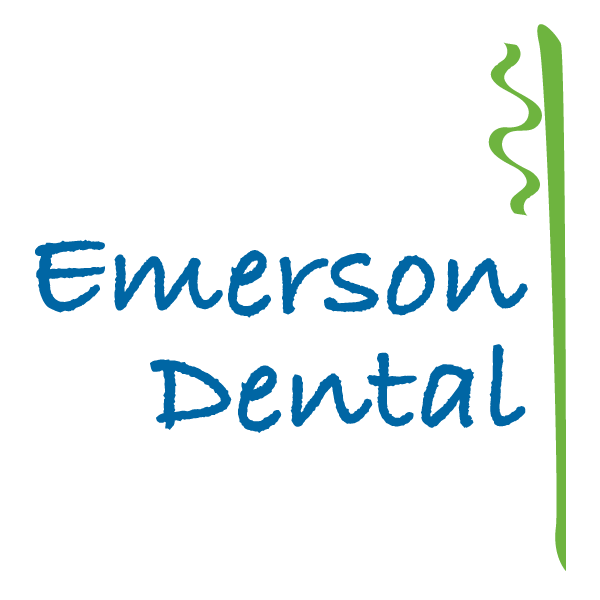Restorative dentistry refers to any dental procedure that repairs or replaces a tooth. Restorative procedures include cavity fillings, root canals, and even dental implants. There can be two goals in restorative dentistry: to restore the function of the teeth and to restore the appearance of the teeth. In some cases it's one or the other, and in some cases it’s both.
Restorative Dentistry Procedures
Quite a few dental procedures fall under the category of restorative dentistry, such as:
- Cavity filling. This is by far the most common restorative dental procedure. When bacteria burrow into the enamel (the hard outer layer) of your tooth and create a hole (known as a cavity) it needs to be filled to protect the soft pulp inside. In a cavity filling procedure, the dentist will remove the damaged part of the tooth and fill the hole with composite material that is the same color as your tooth. This filling will prevent the bacteria from continuing to infect the tooth.
- Root canal. A root canal procedure may be required when a cavity goes deep enough into the tooth that it exposes the soft pulp inside the tooth. Sometimes a root canal is needed after an injury to the tooth. Usually the reason for a root canal is that the inside of the tooth is infected. During a root canal procedure, the dentist will clean out all of the soft pulp from inside the tooth and the root canal, rinse out the infection, and fill the inside of the tooth with composite material like what is used in a cavity filling. Once the inside is filled it can no longer become infected and the tooth is saved.
- Crown. When a tooth becomes damaged in some way, whether from severe decay or a crack or break in the tooth, it can be reinforced with a crown (otherwise known as a cap). In a crown placement procedure, the top part of the tooth is shaved down and the crown is placed over the top. The crown looks and functions just like your natural tooth and the natural root remains in place.
- Dental implant. If you have a tooth that is missing or needs to be extracted due to severe decay or damage, it can be replaced with a dental implant. A dental implant is a complete artificial tooth and root system. The implant root is made of titanium, a biocompatible metal that bonds with the jaw bone to form a solid hold. The root is surgically placed in the jaw and a crown is attached to the top. The whole implant looks and functions just like a natural tooth, which is why it is considered to be the best tooth replacement option. Dental implants can also function as anchors for bridges and dentures.
- Bridge. A dental bridge is an artificial tooth that is suspended between two crowns. Sometimes a bridge consists of a row of multiple teeth. The bridge is held in place by crowns placed over the existing teeth on either side of the bridge, or by dental implants. The bridge sits on top of the gums but doesn’t include a root.
- Dentures. If you don’t have enough healthy teeth in your mouth to function properly, dentures are a replacement option. Normally dentures consist of an entire arch of teeth. Removable dentures can be attached to the gums via suction or adhesives. Implant supported dentures (also known as snap-on dentures) are held in place by a few dental implants placed in the jaw.
Benefits of Restorative Dentistry
Restorative dental procedures have many benefits, which is why they are some of the most commonly performed procedures by dentists.
- Restore function. The biggest benefit of restorative procedures is that the functionality of your teeth is restored. You can eat and talk with relative ease because your teeth are healthy.
- Eliminate pain. If you have a deep cavity or an infected tooth that needs a root canal, you have probably experienced severe pain related to these issues. Restorative procedures eliminate that pain by correcting the problem or removing the infection.
- Improve appearance. Restorative procedures can make your teeth look better so that you can smile with confidence.
- Prevent further dental issues. Correcting a dental issue as soon as it is detected can prevent it from getting worse or causing more dental issues. Having a cavity filled as soon as your dentist notices it can prevent it from leading to a root canal. A cavity that is ignored for too long can result in a tooth that can’t be saved that will need to be extracted and replaced.
- Preserve jaw bone density. Replacing a missing tooth with an implant preserves the bone density in your jaw. If a tooth is missing, the part of the jaw that once held it in place will start to weaken and eventually dissolve. After that, in order to replace it with an implant, a bone graft procedure will be required. It is best to replace a missing or unviable tooth right away to avoid bone loss.
Restorative Dentistry at Emerson Dental
At Emerson Dental, restorative dentistry is one of the most common services we provide. Most people will need some type of restorative procedure at some point in their lifetime. We believe in saving your teeth whenever possible and replacing them when necessary. By keeping up with your regularly scheduled appointments every 6 months we can carefully monitor your dental health. Best case scenario, we prevent the need for any restorative procedures. Next best case scenario, we detect any problems as soon as possible so they can be corrected and your teeth restored.
Call 978-399-0017 today to schedule an appointment at our Westford office or 781-394-9213 for our Bedford office. You can also request an appointment at your most convenient location. We look forward to restoring your smile.

